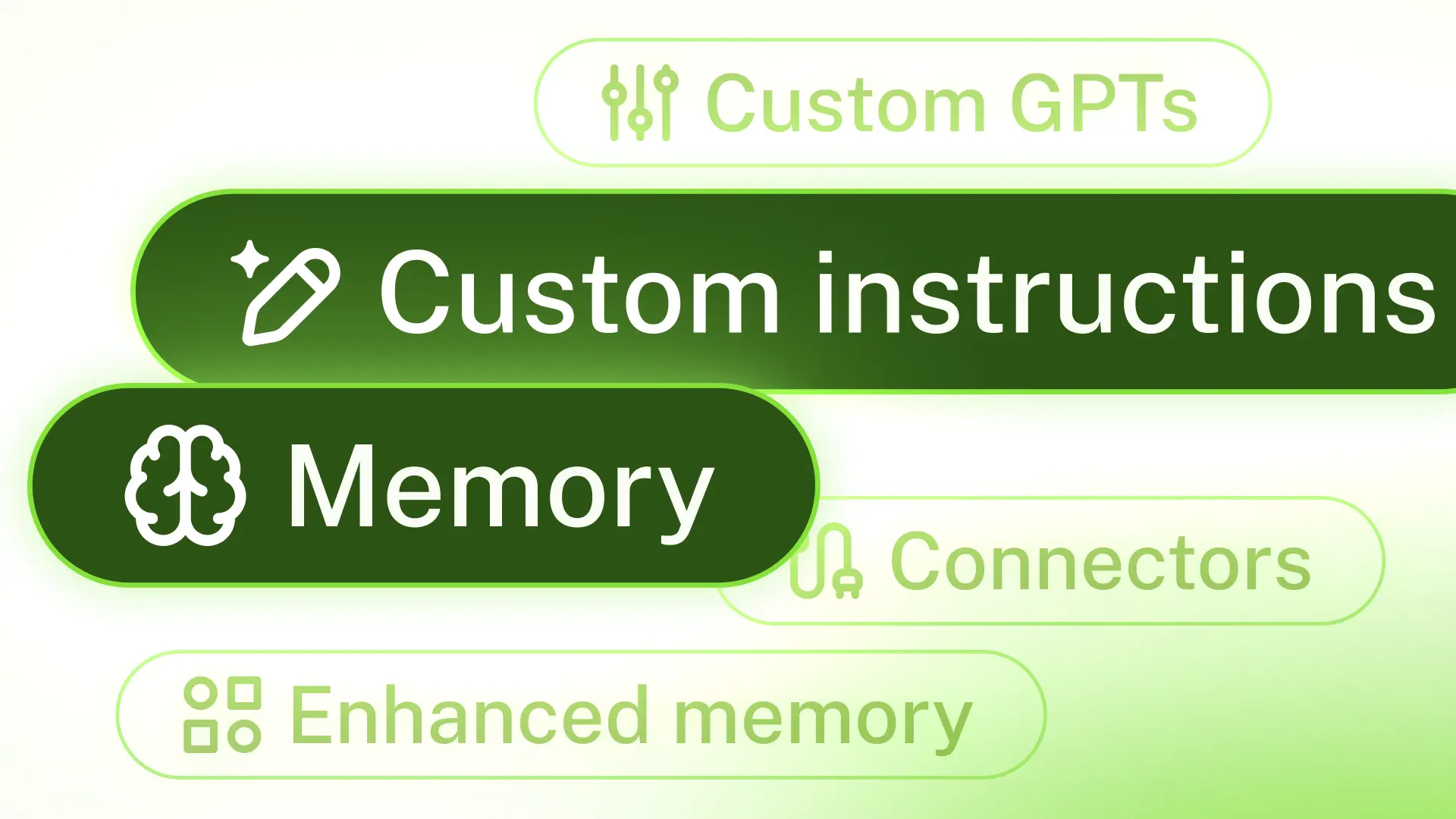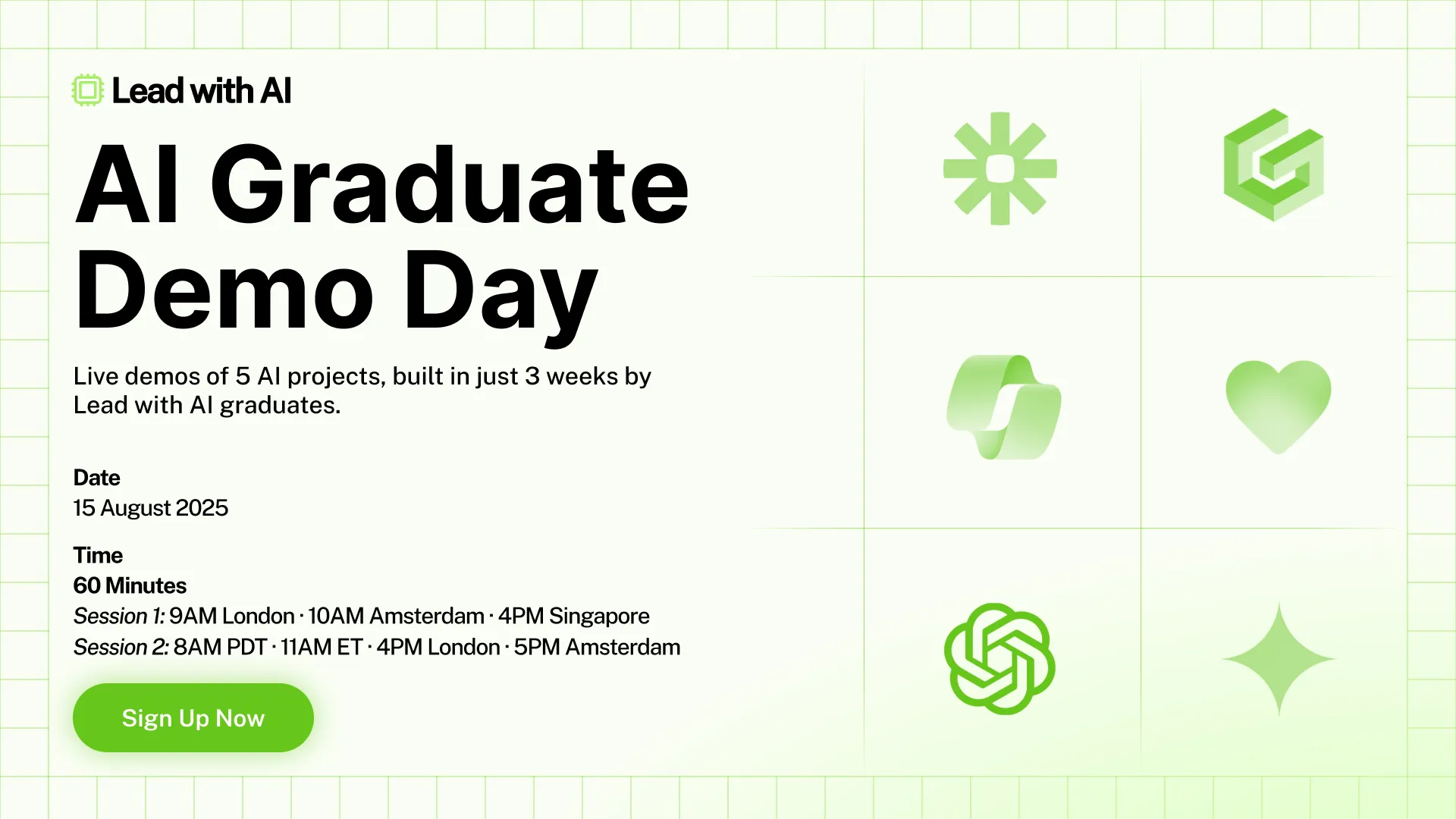Last week, I started a new ten-part series to help you be more confident in using AI.
The first edition was about using the ChatGPT o3 reasoning model, one of the biggest value unlocks. Today, we dive into another hidden gem as we uncover the benefits of customizing ChatGPT.
Personalizing ChatGPT
If I read one more time that “ChatGPT creates generic content,” I’ll…. ask ChatGPT for a clever response. But seriously, the only reason AI is ever generic is because
1) you’re sending generic prompts instead of SuperPrompts, and
2) it simply doesn’t know you well enough yet.
With newly introduced enhanced memory and other customization options, there’s no reason for that second point to be true. ChatGPT can now be personalized with a series of helpful features that turn generic AI into your hyper-personalized ‘everything assistant’:
- Custom instructions
- Memory
- Enhanced memory
- Custom GPTs
- Connectors
Putting these to work means getting work back that is and feels fully personal. Let’s dive into them one by one, so you can set them up (if you want a video tutorial, you can find it here.)
Custom Instructions
Custom Instructions let you provide information that ChatGPT will always remember and consider in every response.
Instead of reminding ChatGPT every time “I’m a CEO of a media company” or “Our Q3 challenge is doubling SQLs”, you can set that once in the instructions – and it will consistently factor it in.
Some ways business leaders customize ChatGPT with this feature include:
- Defining Your Role and Context: You can tell ChatGPT who you are and what you’re working on. A digital marketer told ChatGPT: “I send 2,000 emails per day” as part of his custom instructions. I explained that “I lead FlexOS, a media, education, and transformation that helps forward-thinking leaders thrive in the new world of work. I focus on the intersection of AI, work, and education, running media, courses, and community to shape how executives and teams adapt.”








